Botswana is a landlocked country in Southern Africa that boasts some of the most diverse and spectacular wildlife habitats in the world. From the lush wetlands of the Okavango Delta to the arid salt pans of the Kalahari Desert, Botswana offers a range of landscapes and ecosystems that support a rich variety of flora and fauna.

One of the most thrilling experiences for visitors to Botswana is to witness the great migrations of elephants, zebras, and other animals across these vast landscapes.
The Elephant Migration
The elephant migration in Botswana is one of the largest and longest in Africa, involving up to 200,000 individuals that move between the Chobe River in the north and the Okavango Delta in the south. The elephants follow seasonal changes in water and food availability, covering distances of up to 300 km each way.
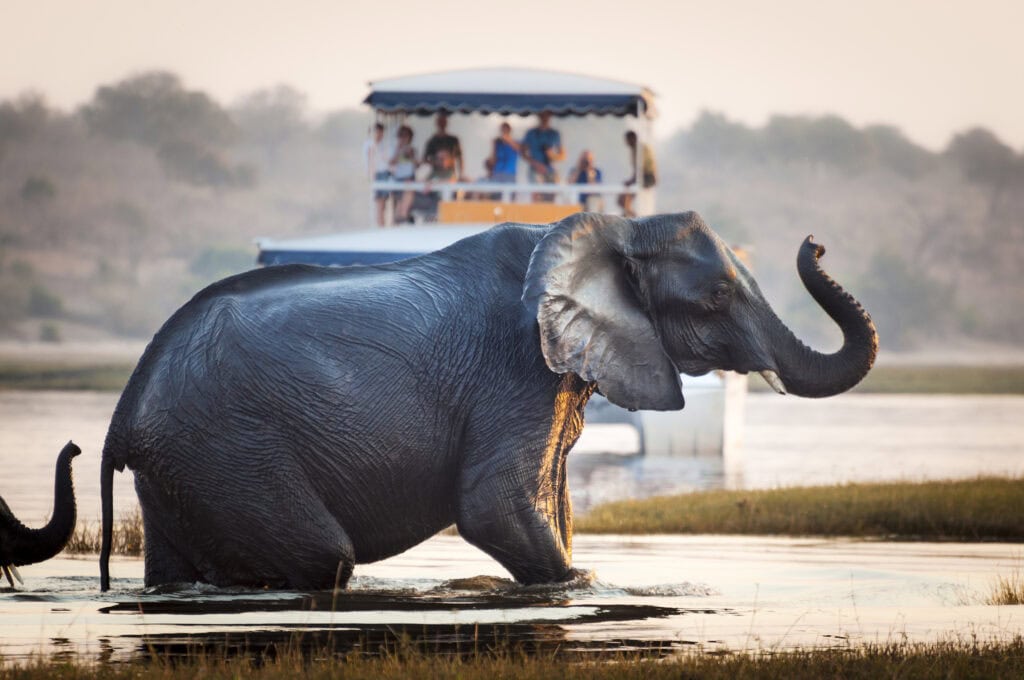
They form large herds that can be seen drinking, bathing, and socializing along the riverbanks and floodplains. The elephants are also known for their intelligence, memory, and communication skills, as well as their complex social structure and family bonds.
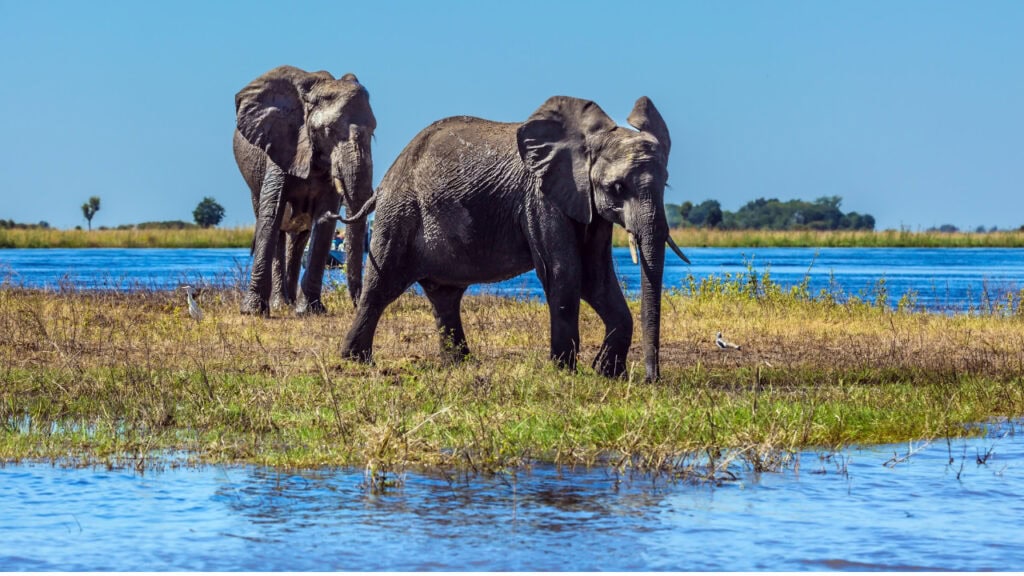
However, their migration is threatened by human activities such as fencing, poaching, and development that block their ancient routes and fragment their habitats.
Fences prevent the elephants from accessing vital resources and force them to concentrate in smaller areas, increasing the risk of human-elephant conflict and environmental degradation.

Poaching reduces their population size and disrupts their social structure, while development encroaches on their natural space and exposes them to more disturbance and danger.
Conservation efforts are needed to protect the elephants and their migration corridors, as well as to promote coexistence and cooperation between humans and wildlife.
The Zebra Migration
The zebra migration in Botswana is also one of the longest and most impressive in Africa, involving about 25,000 individuals that travel between the Makgadikgadi Pans in the east and the Okavango Delta in the west.
The zebras complete an astonishing round-trip of over 1,000 km each year, following the rains and the growth of new grasses. They form large groups that can be seen galloping across the open plains, creating a stunning spectacle of black-and-white stripes.

The zebras are also known for their adaptability, endurance, and social behavior, as well as their distinctive vocalizations and patterns. The zebra migration is a relatively recent phenomenon that started in the late 20th century after fences were removed and hunting was banned in some areas.
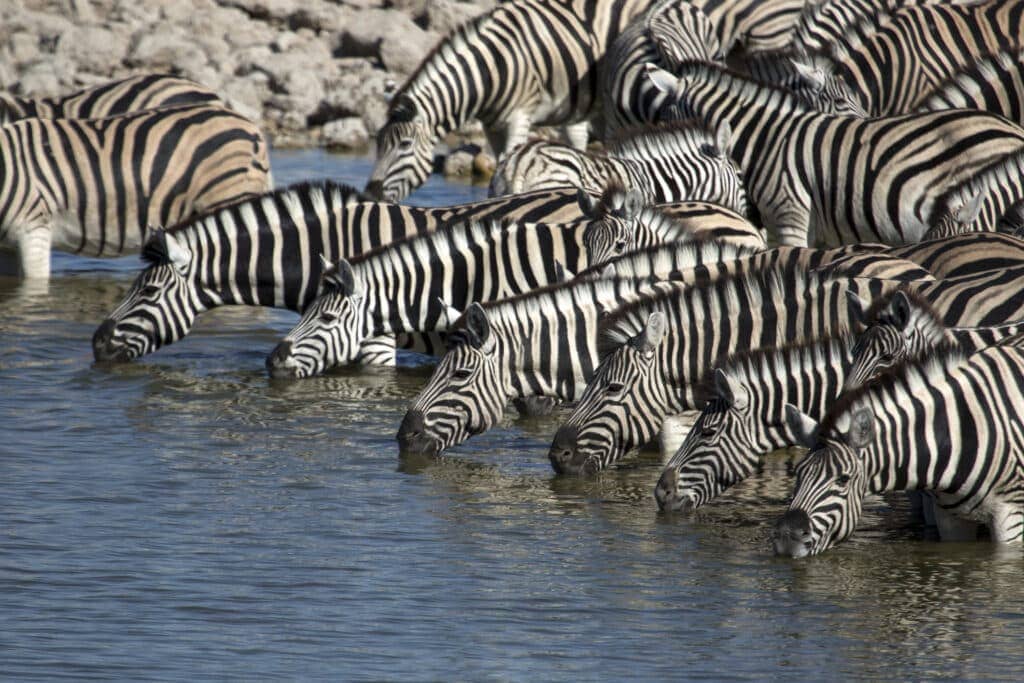
Fences had previously prevented the zebras from accessing their preferred grazing grounds and water sources, while hunting had reduced their numbers and disrupted their movements.
The removal of these barriers allowed the zebras to resume their natural migration cycle and reclaim their historical range. Conservation efforts are needed to monitor the zebra migration and ensure its sustainability, as well as to mitigate potential conflicts with other wildlife and humans.
Other Wildlife
Other wildlife in Botswana that can be seen on safari include lions, leopards, cheetahs, hyenas, wild dogs, giraffes, wildebeests, antelopes, hippos, crocodiles, and hundreds of bird species. The best time to visit Botswana for wildlife viewing depends on the region and the species you want to see on your Botswana safari tours.
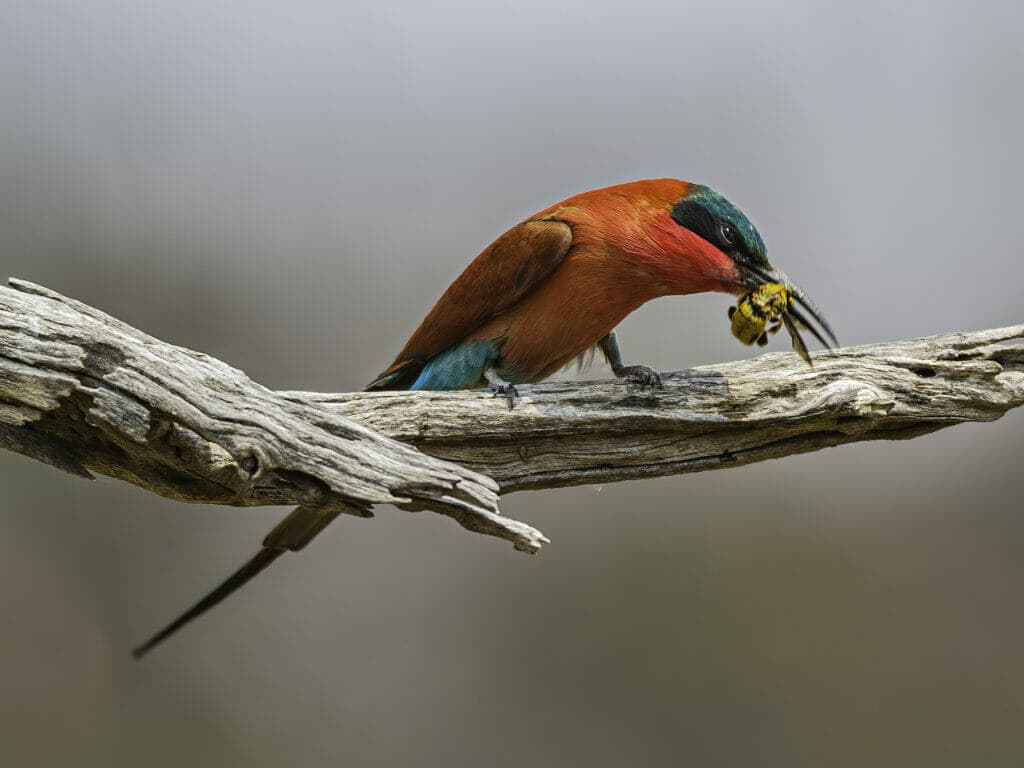
Generally speaking, the dry season from May to October is ideal for seeing large concentrations of animals around water sources such as rivers, lagoons, and pools.
The wet season from November to April is better for seeing newborns and migratory birds that arrive with the rains. Some species such as elephants and zebras can be seen year-round.

A safari in Botswana is a once-in-a-lifetime opportunity to witness some of the most amazing natural spectacles on Earth. Whether you choose to explore by game drives, boat cruises, or on a walking safari, you’ll be amazed by the beauty and diversity of Botswana’s wildlife.
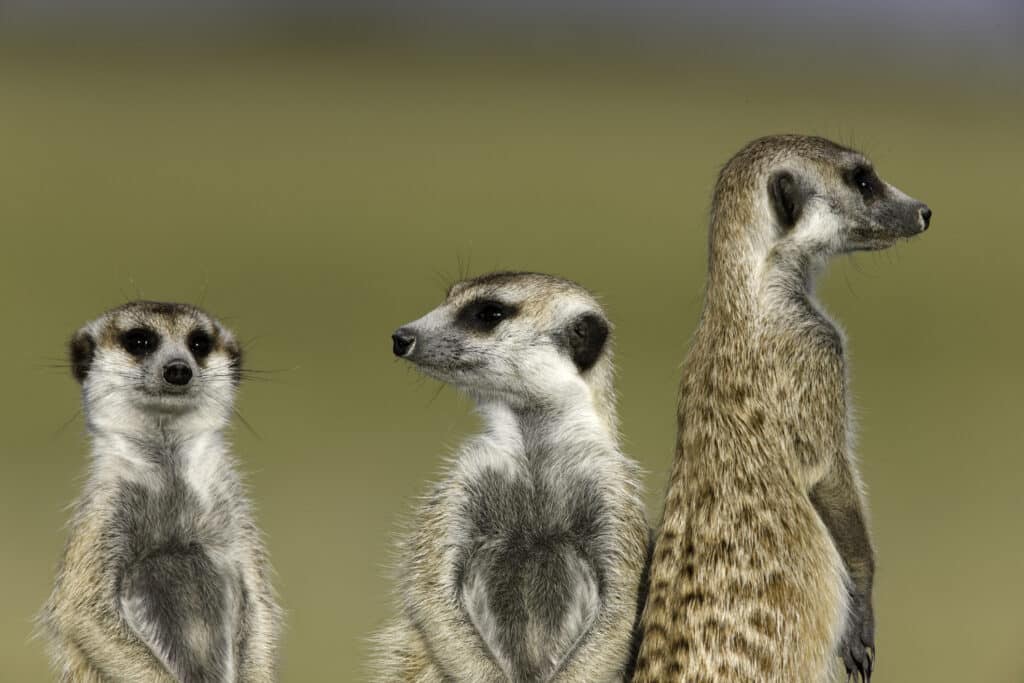
Botswana is also a leader in wildlife conservation in Africa, with more than 25 percent of its land area set aside for parks and reserves to conserve its national heritage. The government’s policy of low volume high cost tourism has been successful in generating revenue for conservation while minimising environmental impact.
By visiting Botswana, you’ll not only enjoy an unforgettable safari experience but also support its efforts to protect its precious wildlife.

In conclusion, Botswana is a remarkable destination for safari lovers who want to witness the great migrations of elephants, zebras, and other wildlife. Botswana offers a range of habitats and ecosystems that support a rich diversity of flora and fauna, as well as a variety of safari activities and experiences.

Botswana is also committed to wildlife conservation and sustainable tourism, ensuring that its natural treasures are preserved for future generations. A safari in Botswana is more than just a holiday; it’s an adventure, an education, and a contribution to a worthy cause.
Author: Gavin Denner
Published:
Last Update:
Part of the Botswana Safari, Okavango Delta Safari, Kalahari Desert Safari & Chobe River Safari Collections